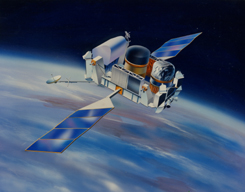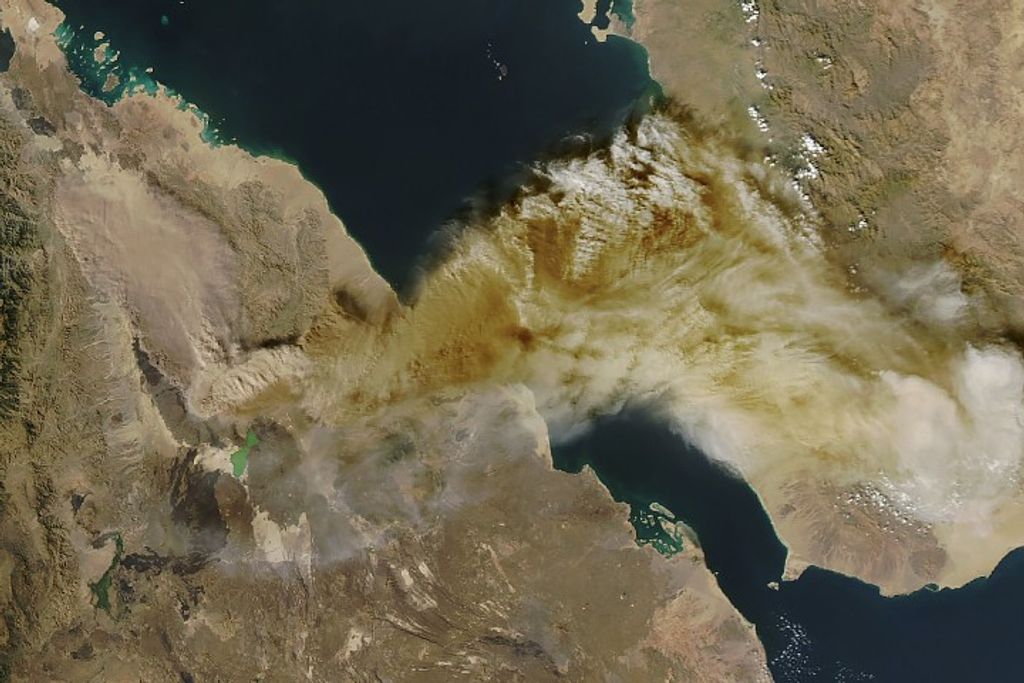
The Compton Gamma Ray Observatory (CGRO), the second and heaviest of NASA’s Great Observatories was observing high-energy in the universe. The four instruments onboard were much larger and more sensitive than instruments in the past. A little less than a year into its mission, two tape recorders onboard CGRO failed, which restricted downlinks of scientific data to real time only. CGRO was only able to relay about 50% of its data because the antennas on the GRO could not point to the Tracking and Data Relay Satellite (TDRS) which were in view all of the time and there was still 15% of the GRO orbit that TDRS could not see (known as the Zone of Exclusion). In order to recover the GRO mission NASA decided to build a GRO Remote TDRSS System (GRTS) in Canberra and place TDRS-1 over the Indian Ocean. This greatly improved the data return from GRO and closed the ZOE. The real time downlink was done at the very slow 32 kilobits per second, much slower than the nominal playback rate of 512 kilobits per second.
› New Operations For Compton Gamma Ray Observatory› SCaN History of the 1990’s



























